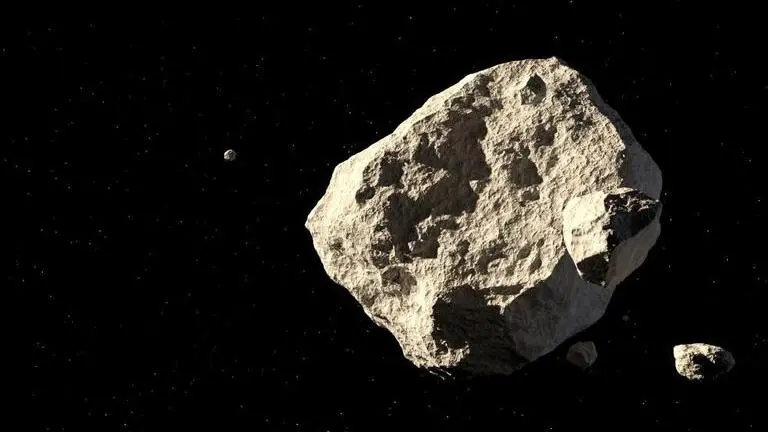Updated 16 September 2020 at 05:51 IST
Ancient asteroid Bennu has baffled scientists yet again; read to know how
Bennu asteroid is a relic from the past of our Solar System that potentially holds the key to one of our main endeavours in near-Earth space exploration.
- Science News
- 2 min read

Bennu is an asteroid currently being orbited by NASA's OSIRIS-REx mission. The mission chose the Bennu asteroid from around half a million other candidates for its proximity to Earth and low eccentricity. The 480-meter wide asteroid initially baffled scientists who expected to see a smooth, regular formation as observed in a Harvard study. They were instead greeted by a structure much like a pile of rubble, held together by the forces of gravity.
What is Asteroid Bennu?
According to a report by science portal PHYS, The OSIRIS-REx mission which made this discovery in late 2018 would go on to make another suspicious find a few days later when scientists noticed some irregularities in their navigation system. It was picking up a lot more light sources than were possible in the area, given that the stars that were expected to be seen were about 10. In a research paper published in JGR: Planets, the lead scientist for the mission Carl Hergenrother attributed the find to the exceptional camera technology that OSIRIS-REx carries with it onboard.
Advertisement
These tiny particles are ejecta from the asteroid itself, most of which return to the surface of the asteroid after pursuing suborbital trajectories for a few hours with a small percentage of them actually having enough energy to break away from the gravity of the asteroid. They aren’t considered to be a threat to the craft itself due to the generally small size and low speeds of the particles. The current theory pins these mysterious emission cycles to Bennu’s 4.5-hour long rotational cycle which results in a constant cycle of heating and cooling. Over prolonged periods of time, this process starts causing deterioration in the rocks. It’s this process that creates the minute specs observed by the on-board cameras. One such particle emitted during OSIRIS-REx’s monitoring was tracked in orbit for nearly a week.
Advertisement
These discoveries are very exciting for scientists because they reveal behaviour more dynamic than what was expected of asteroids, which are usually considered to be less active than their icy brethren, the comets. It’s also important for scientists to observe and record data pertaining to such asteroids as they will be invaluable for future missions, helping the engineers create instruments better suited for the conditions recorded on this age-old relic.
[Image credit: Shutterstock]
Published By : Deepti Parmar
Published On: 16 September 2020 at 05:51 IST
